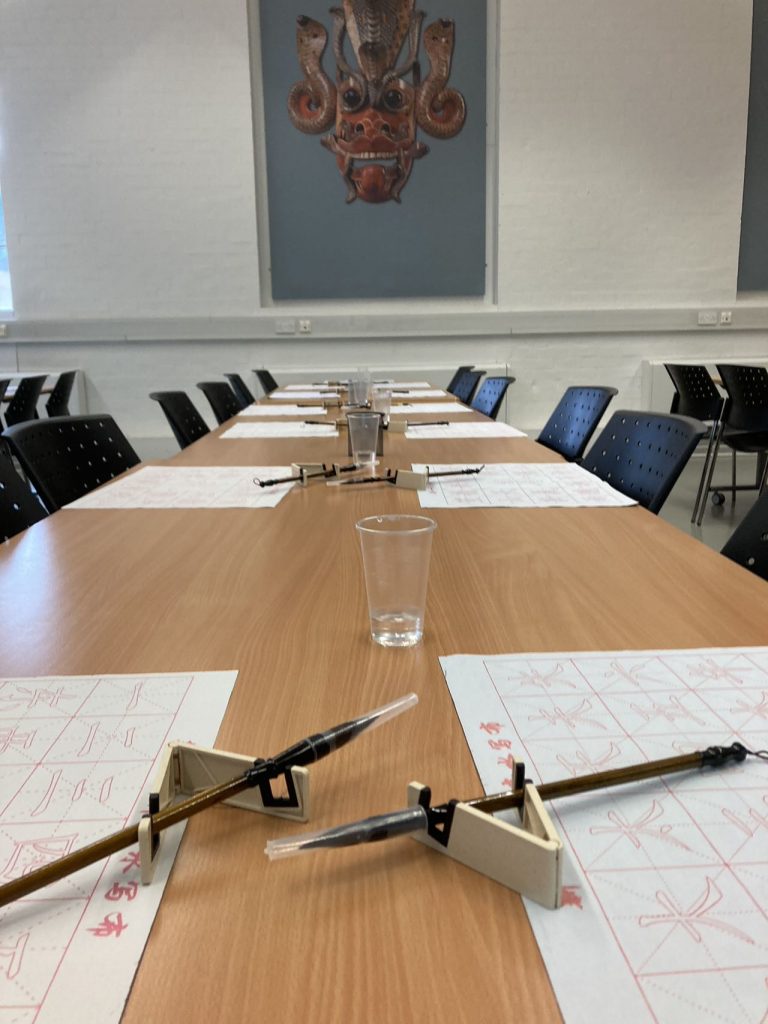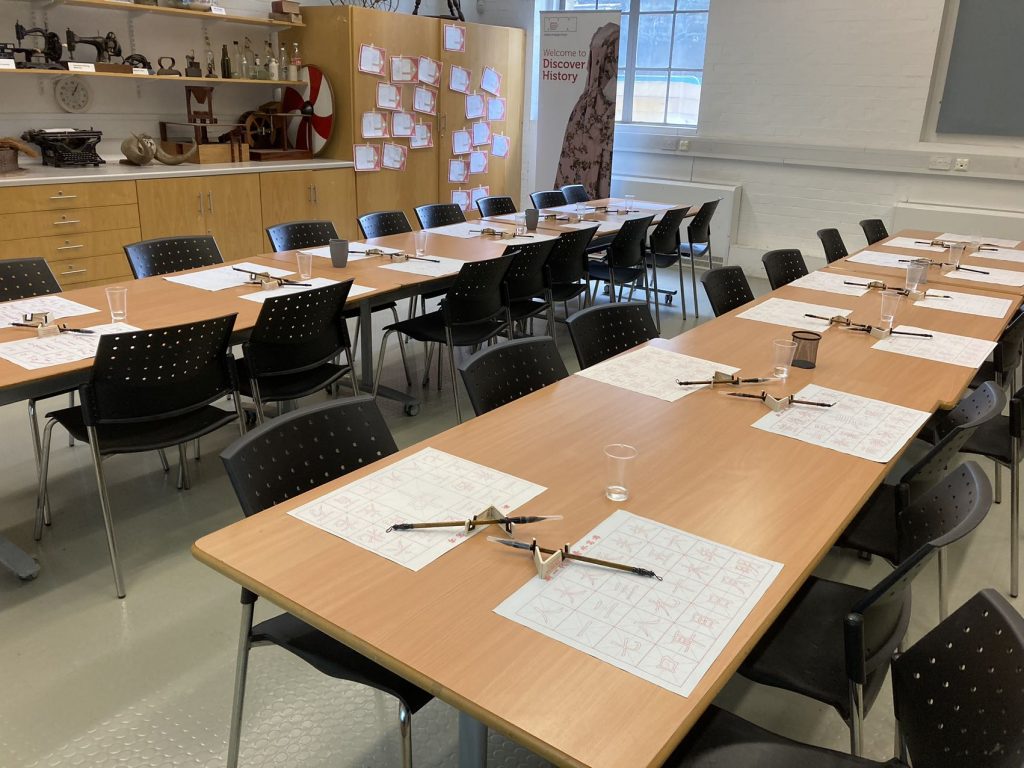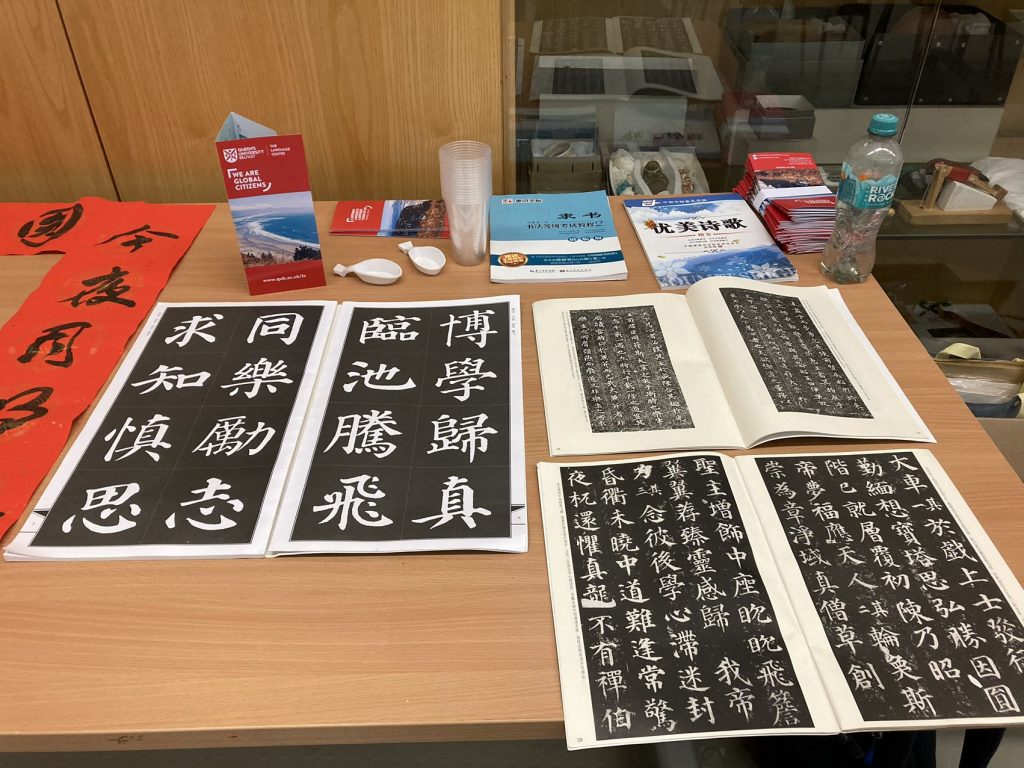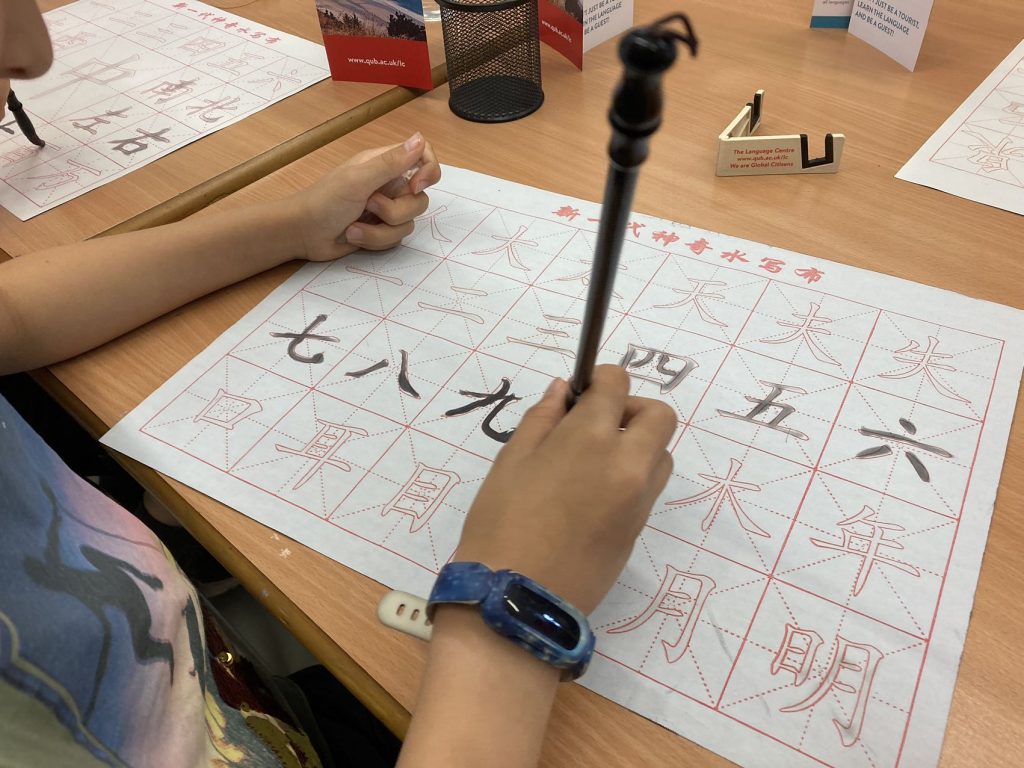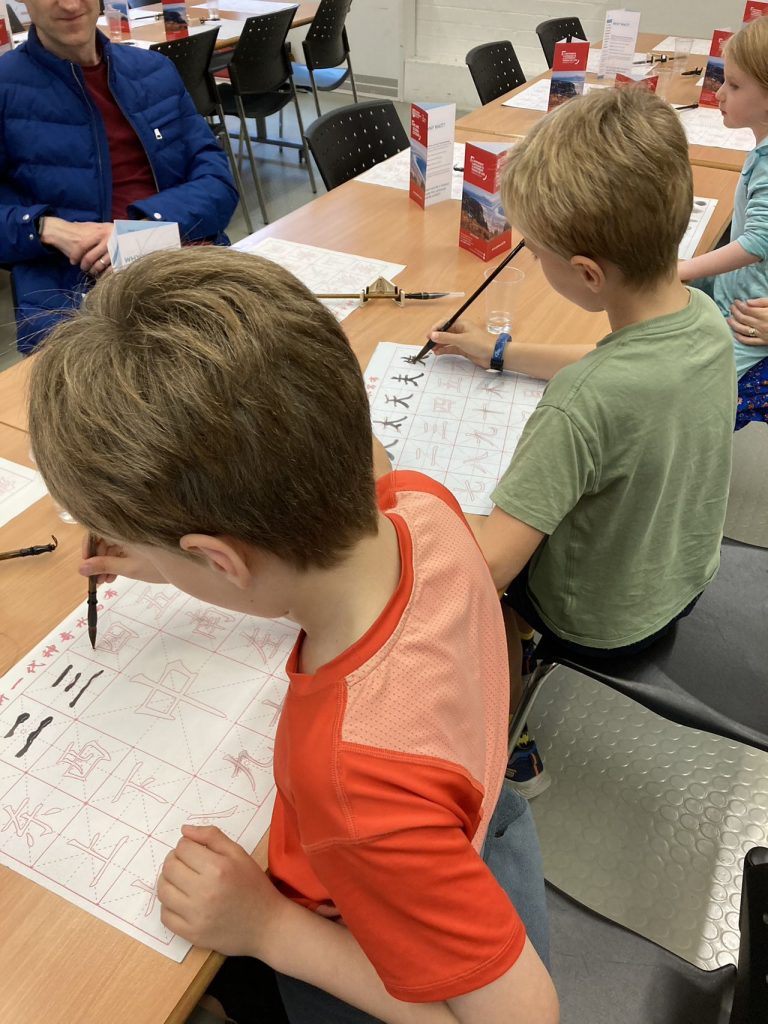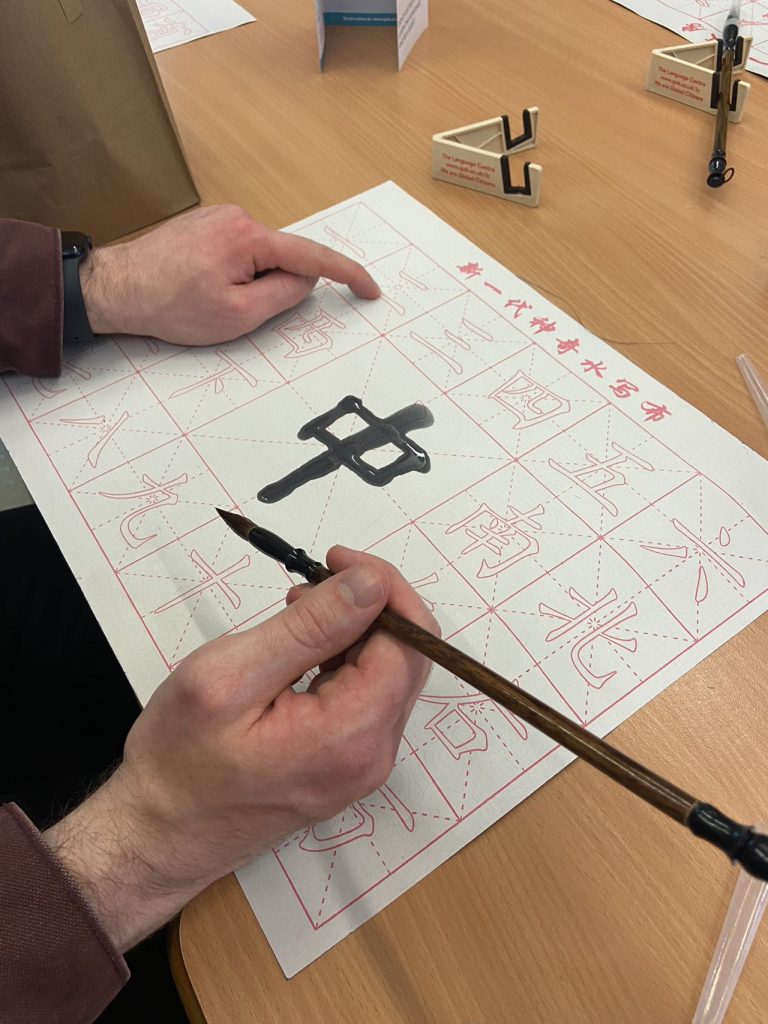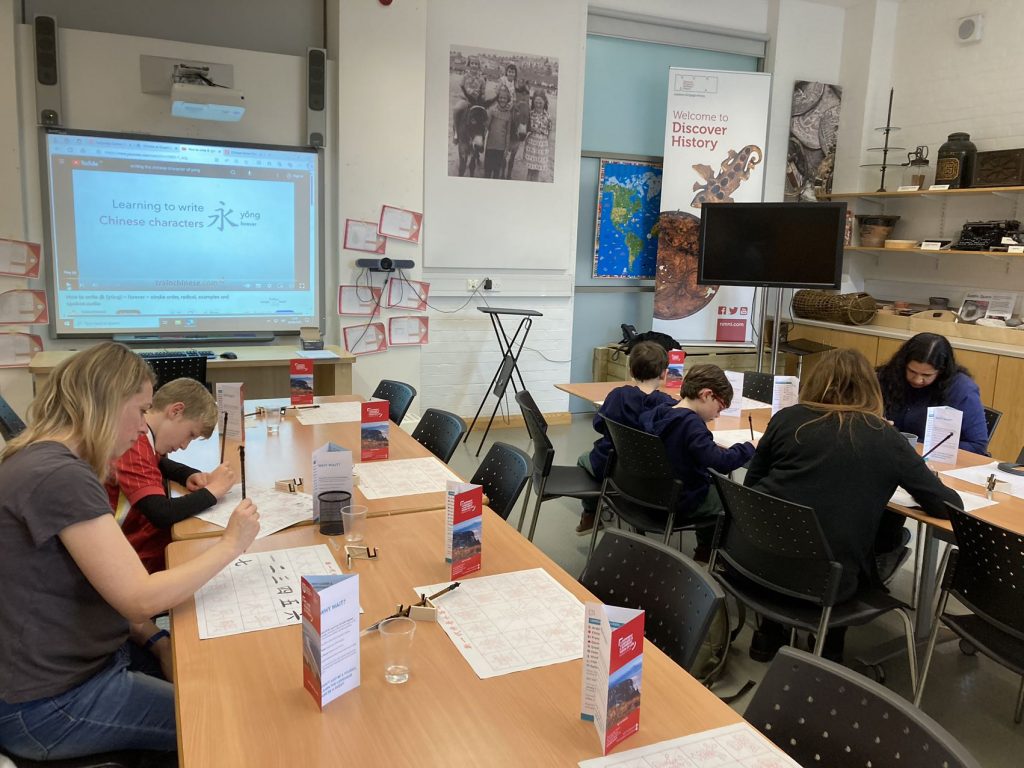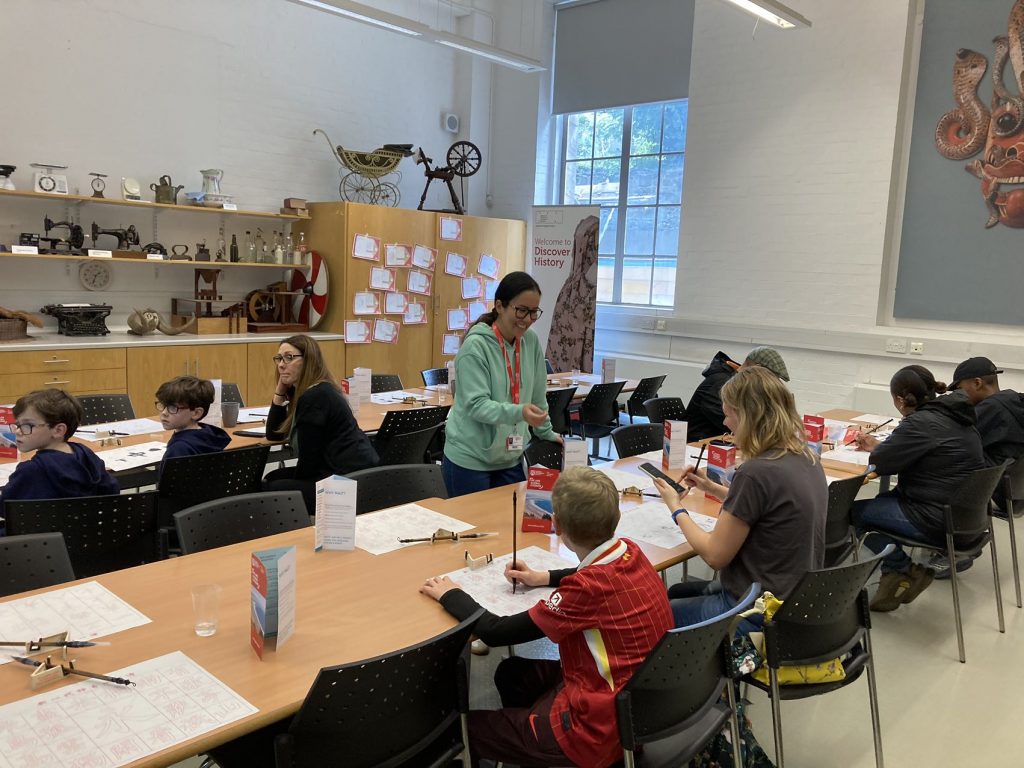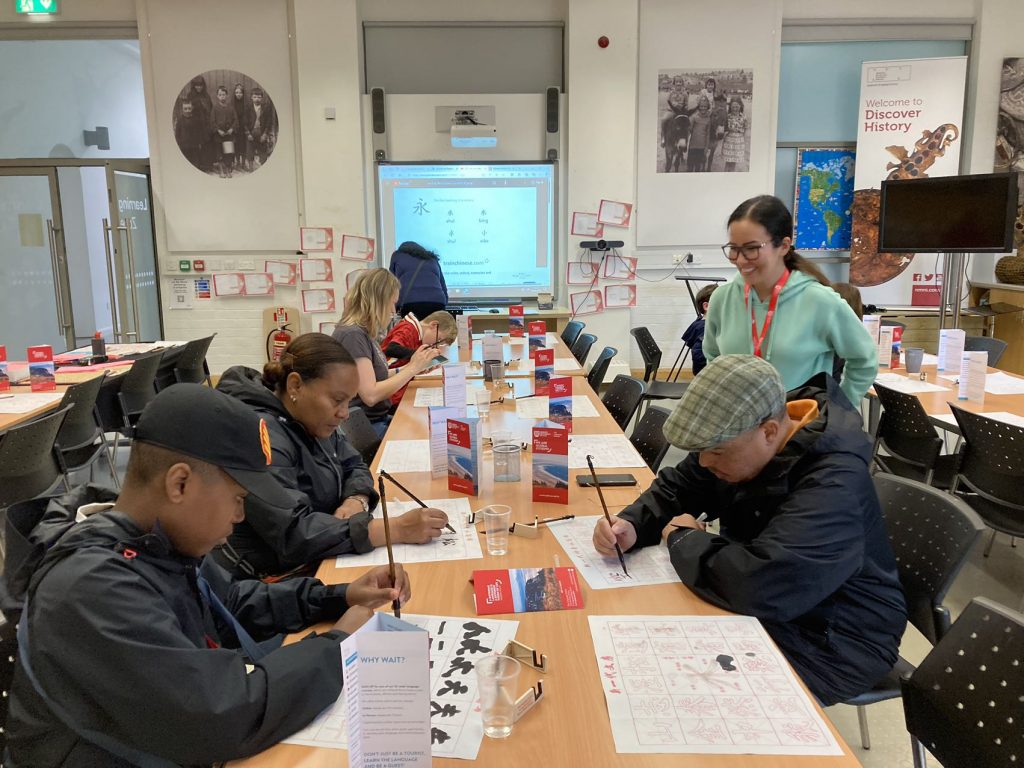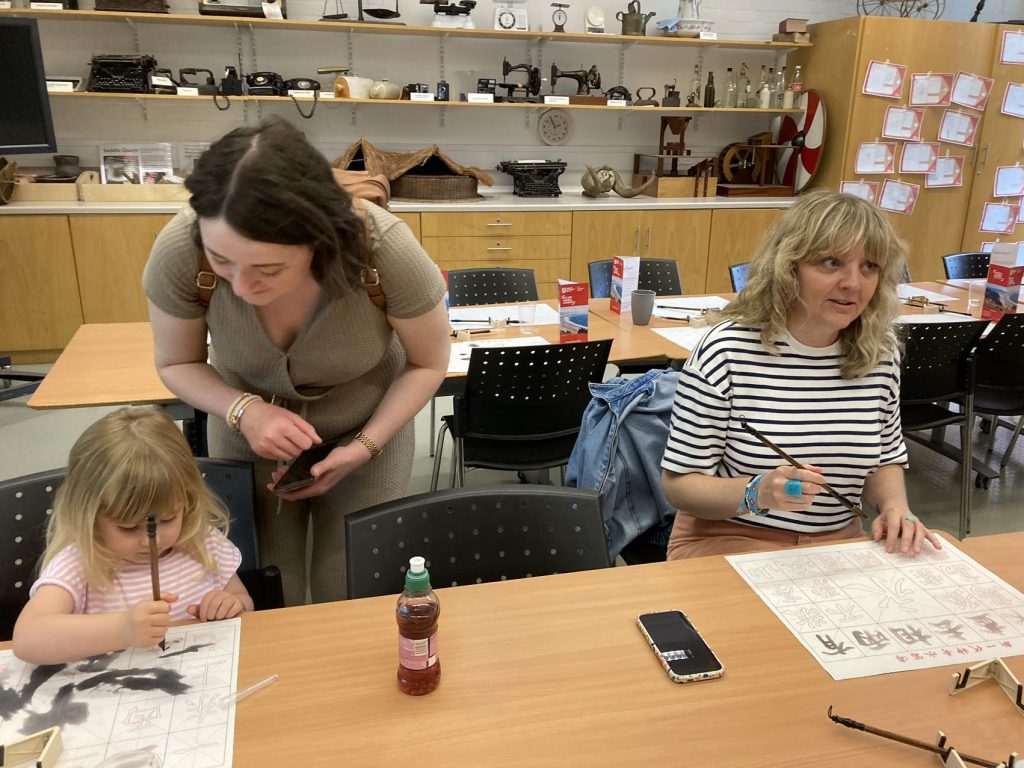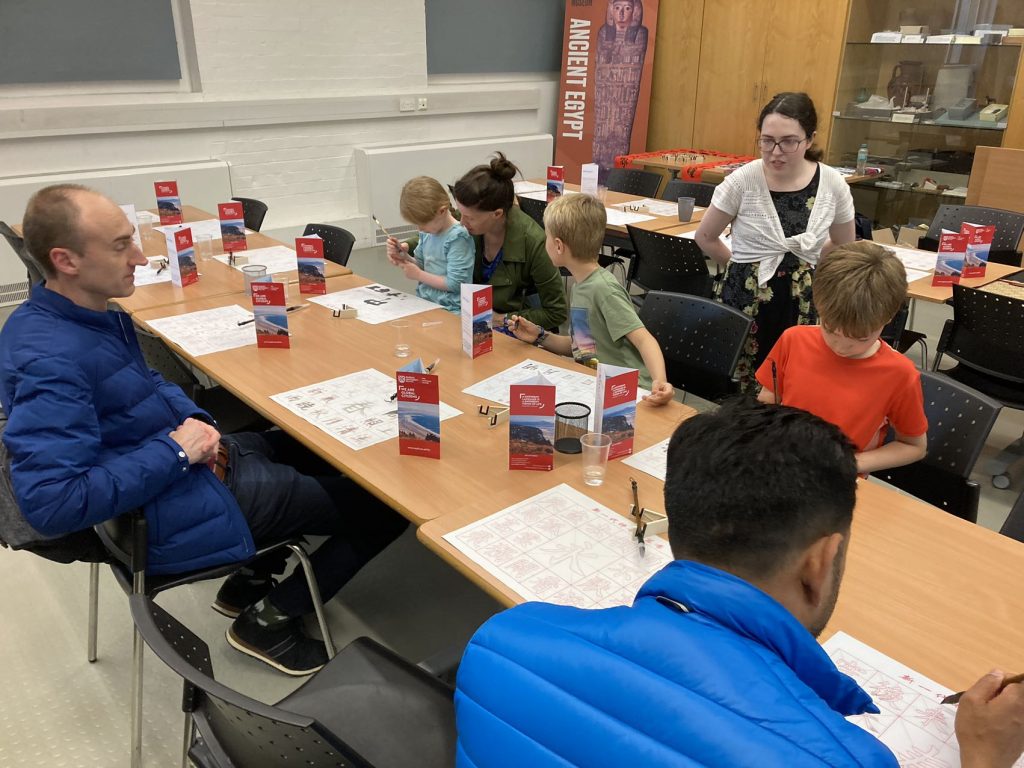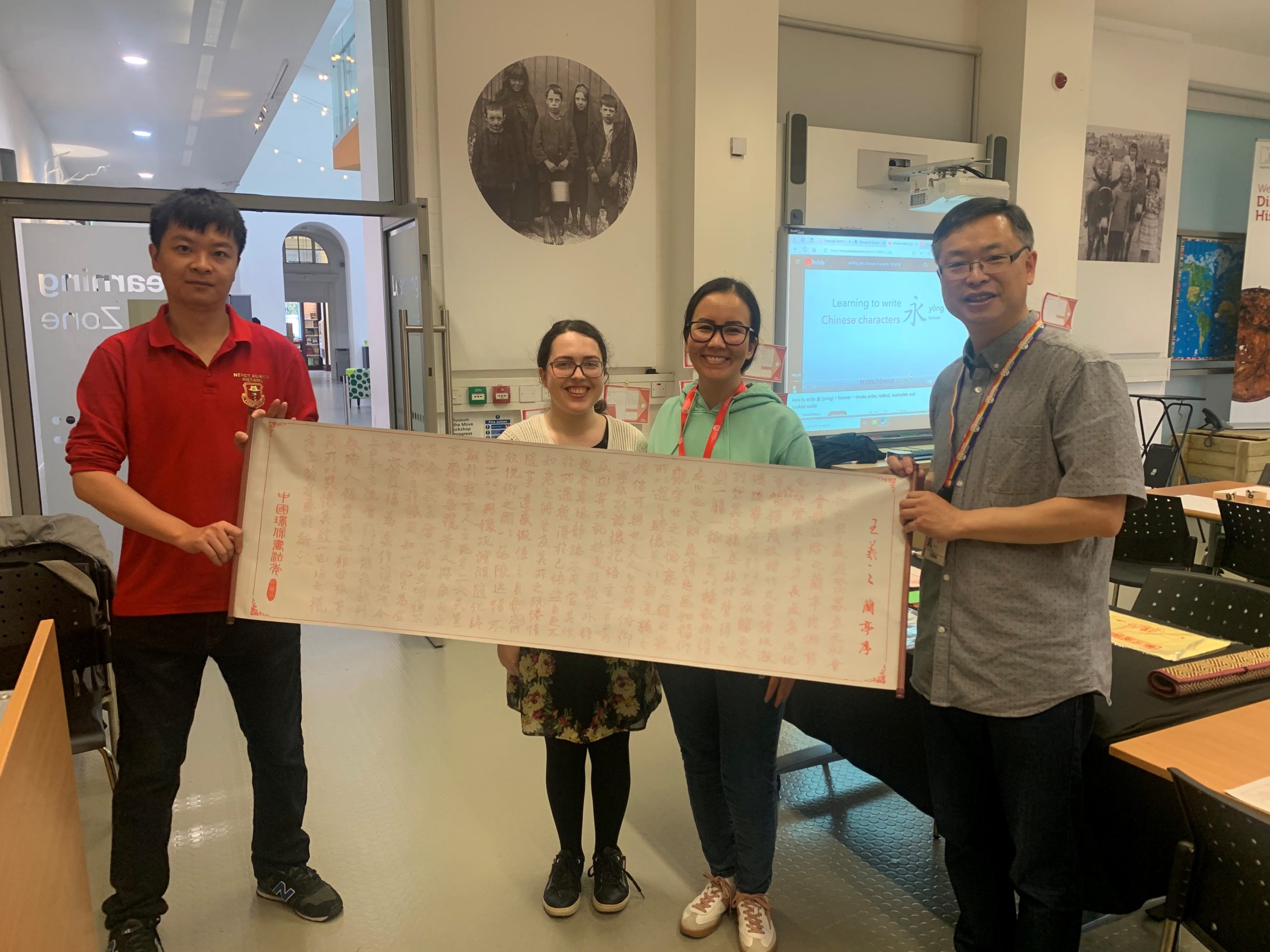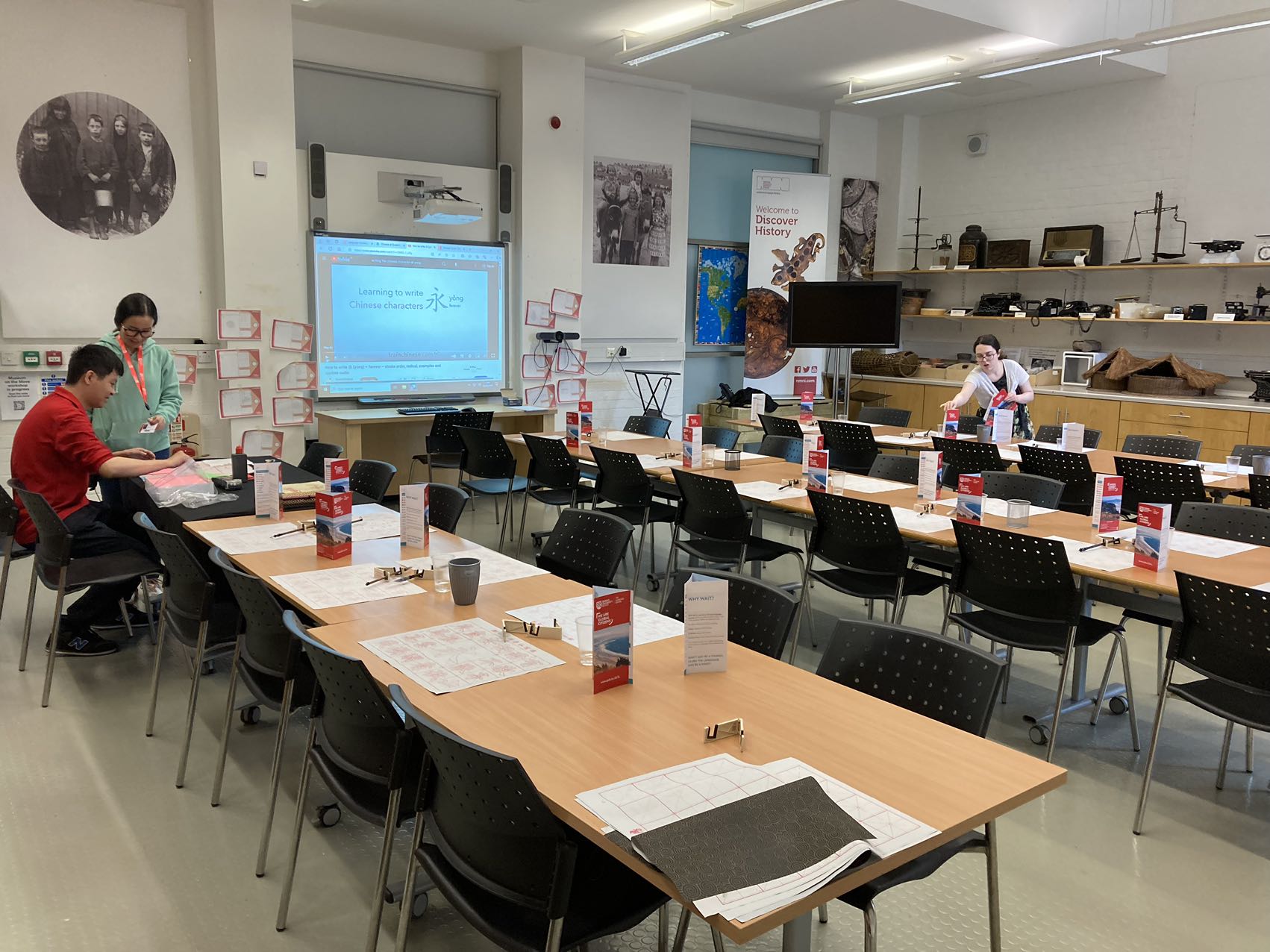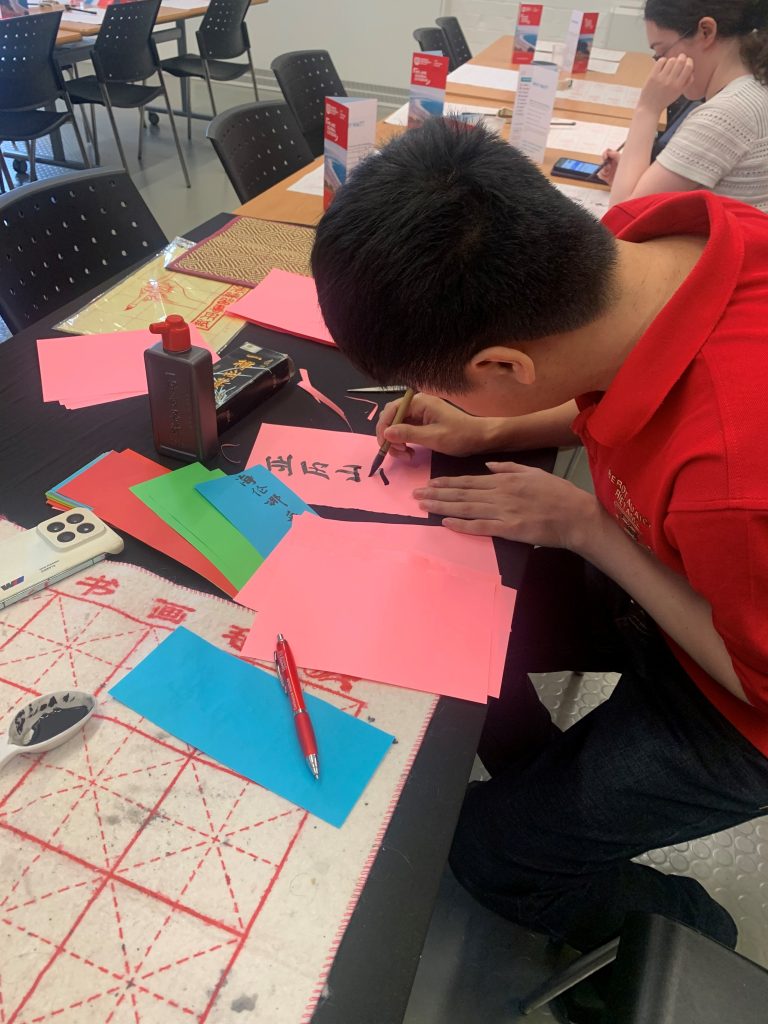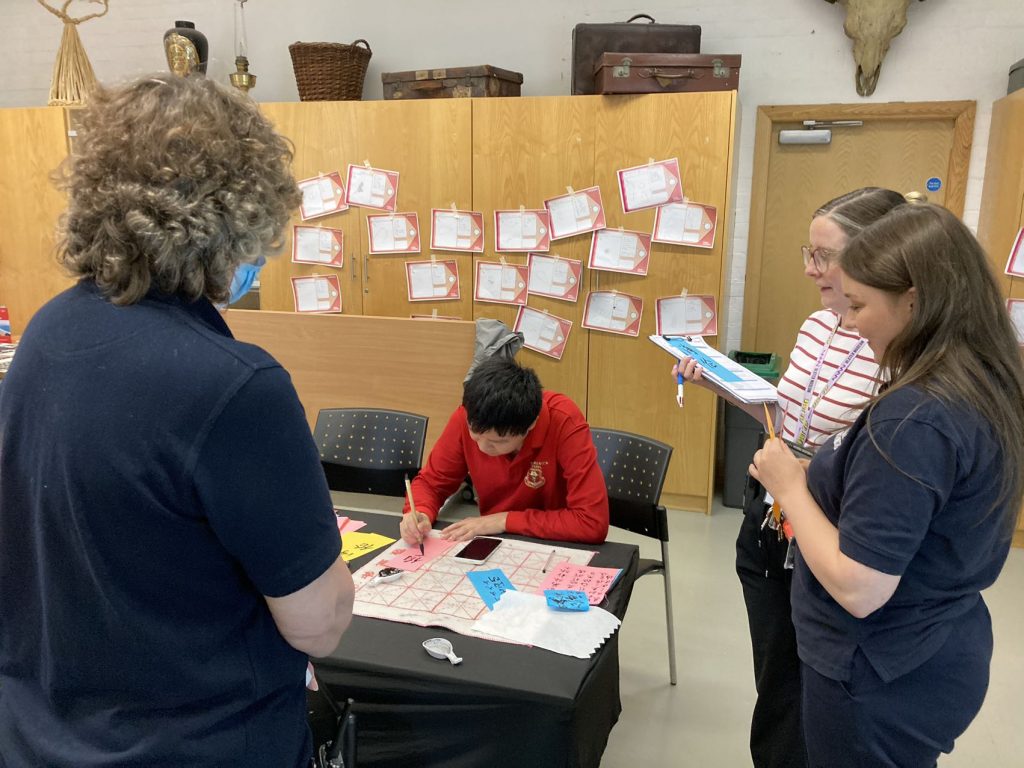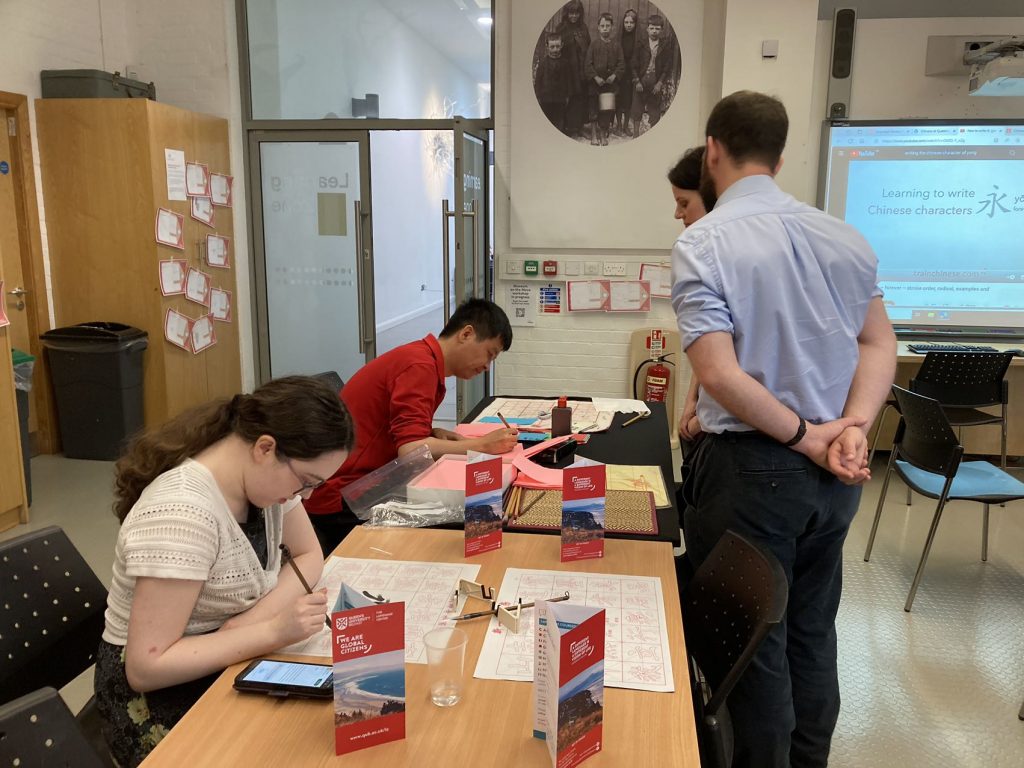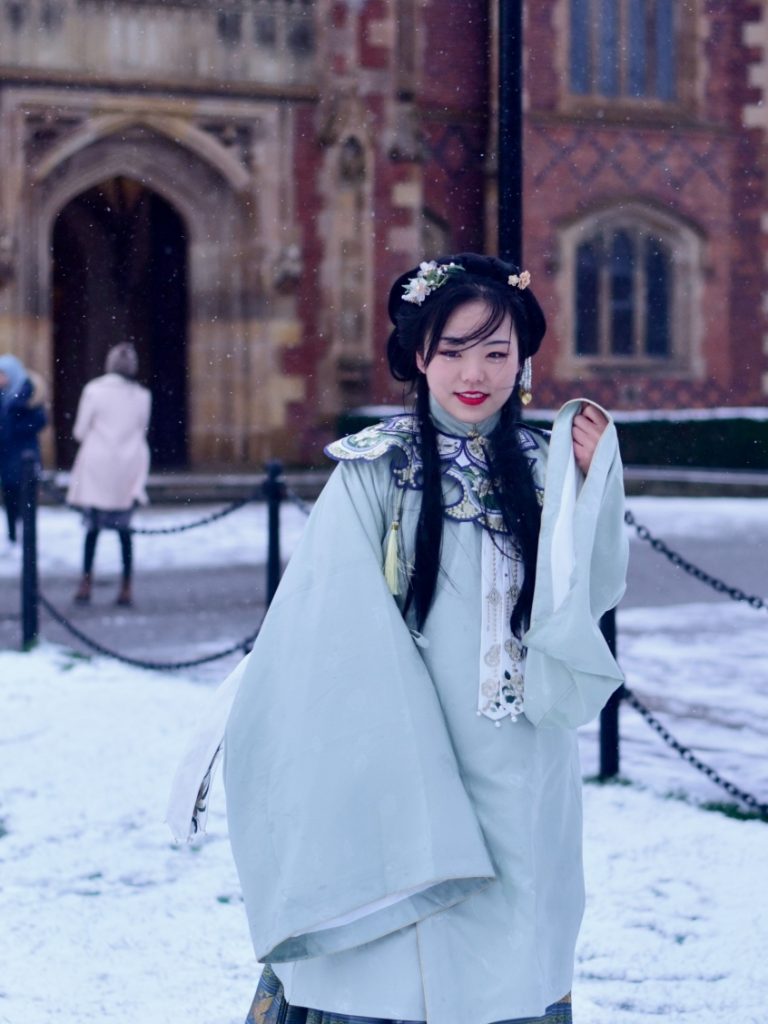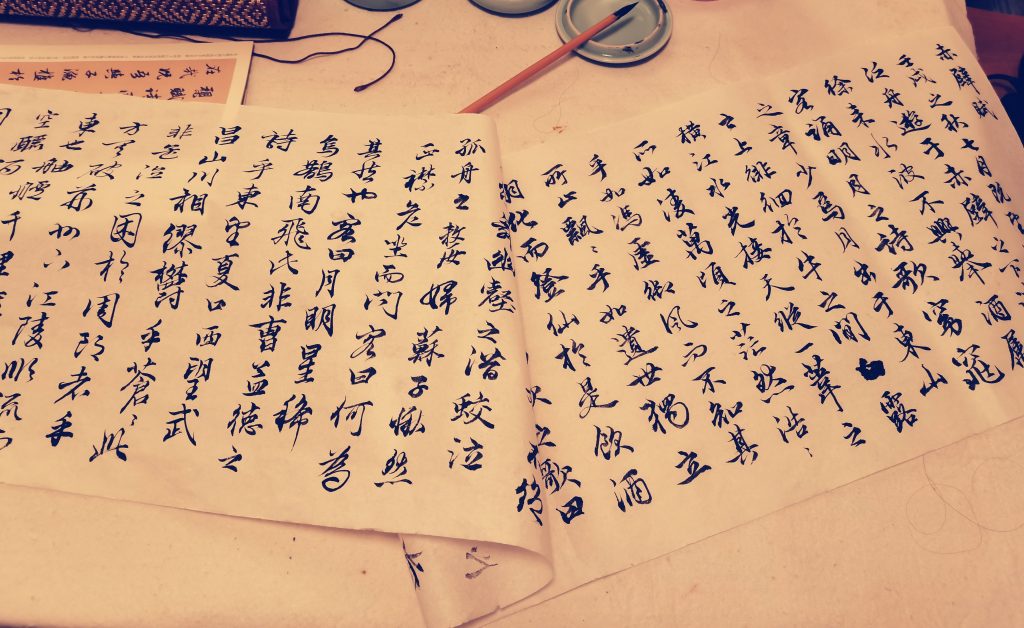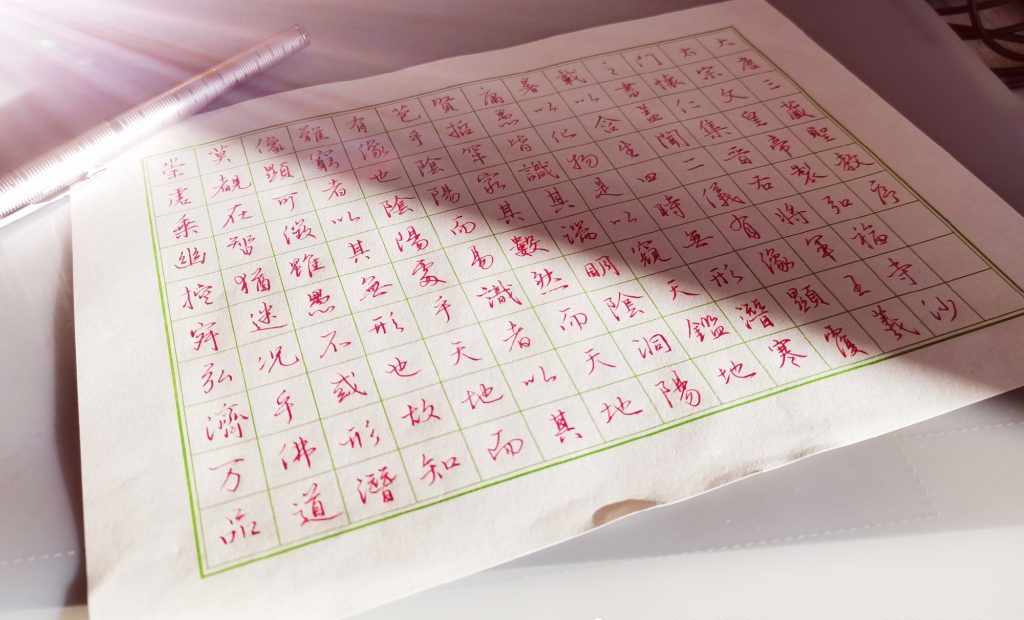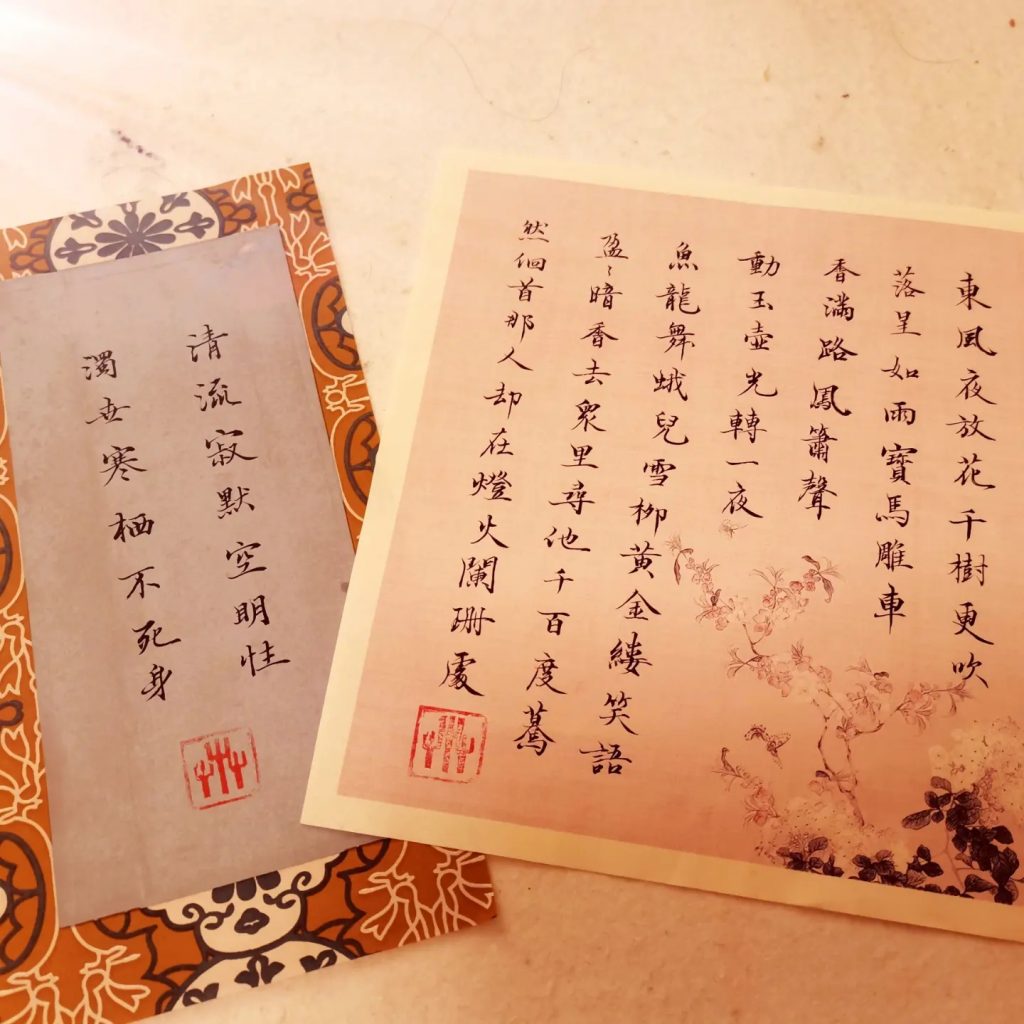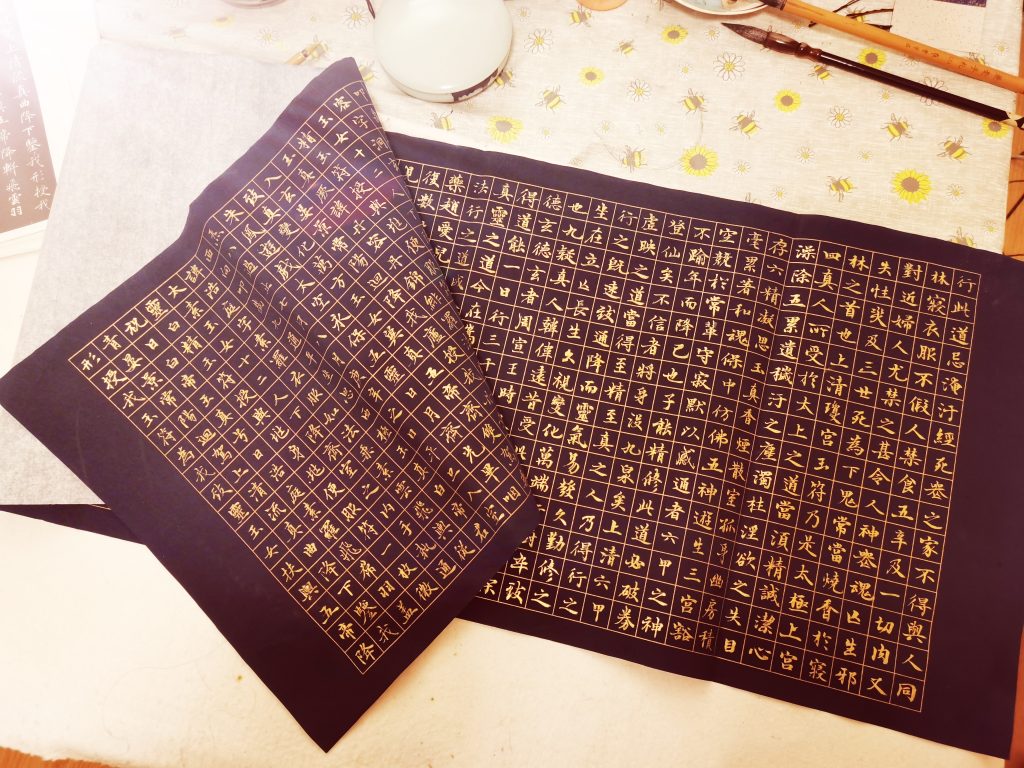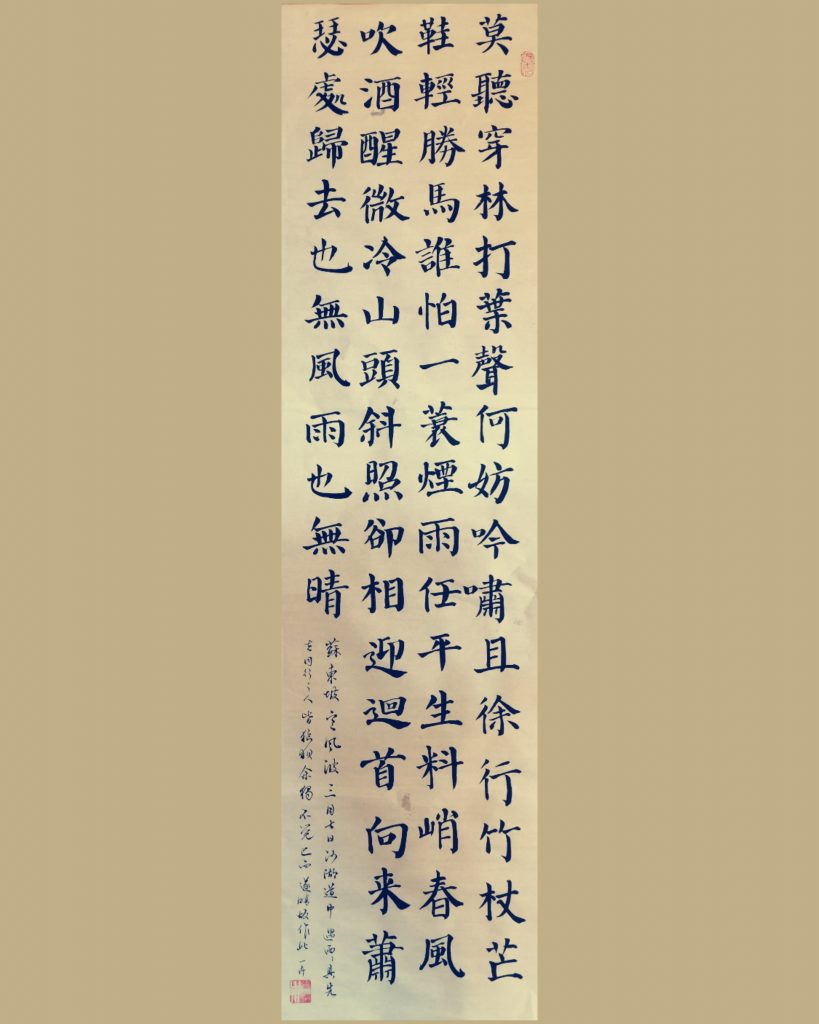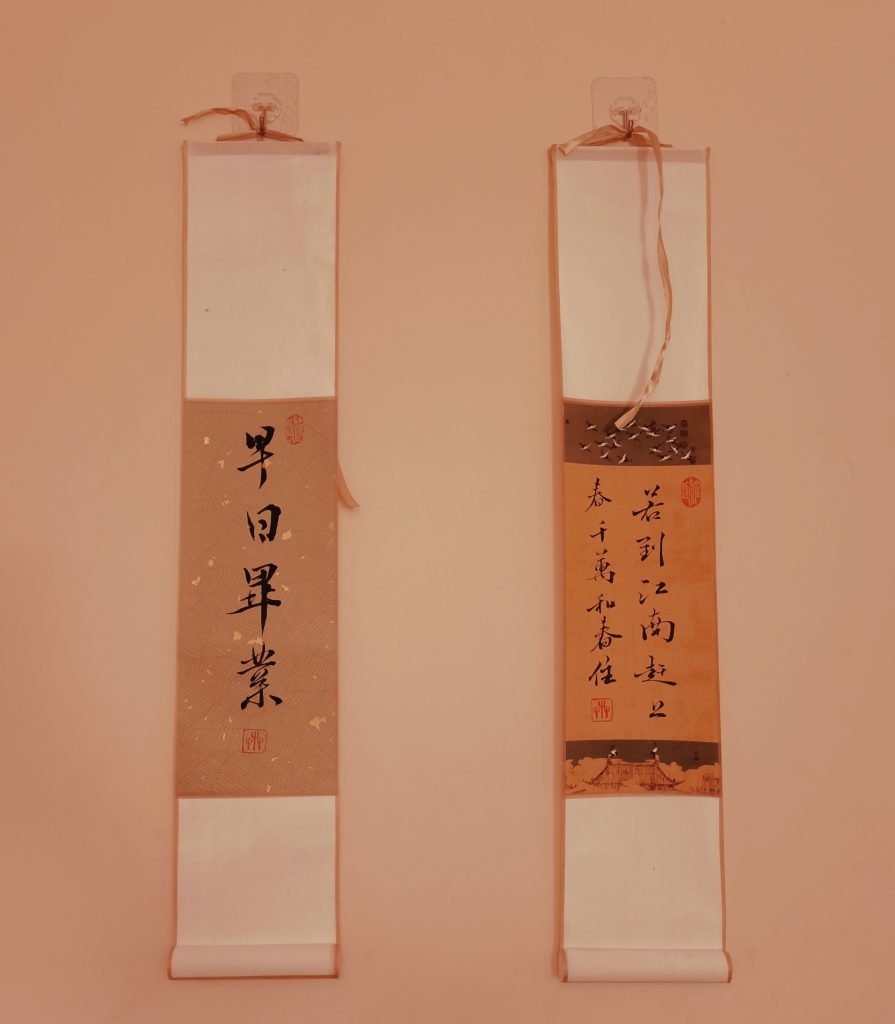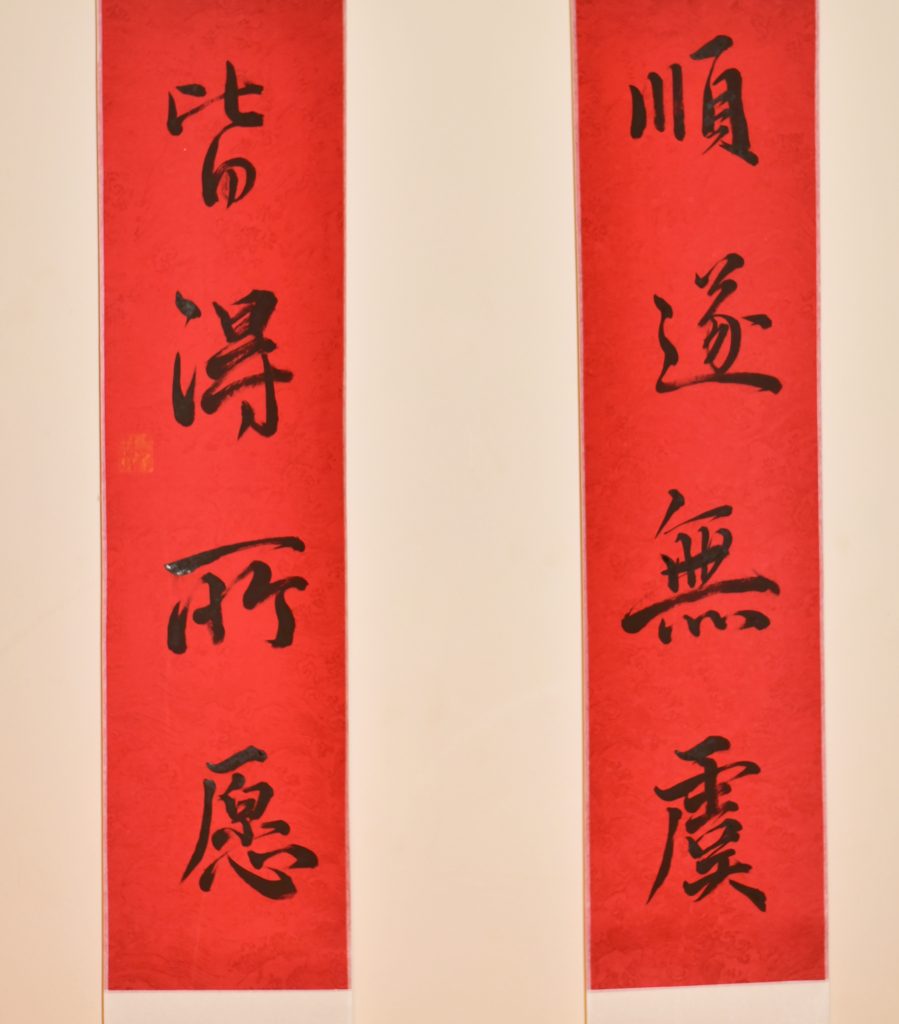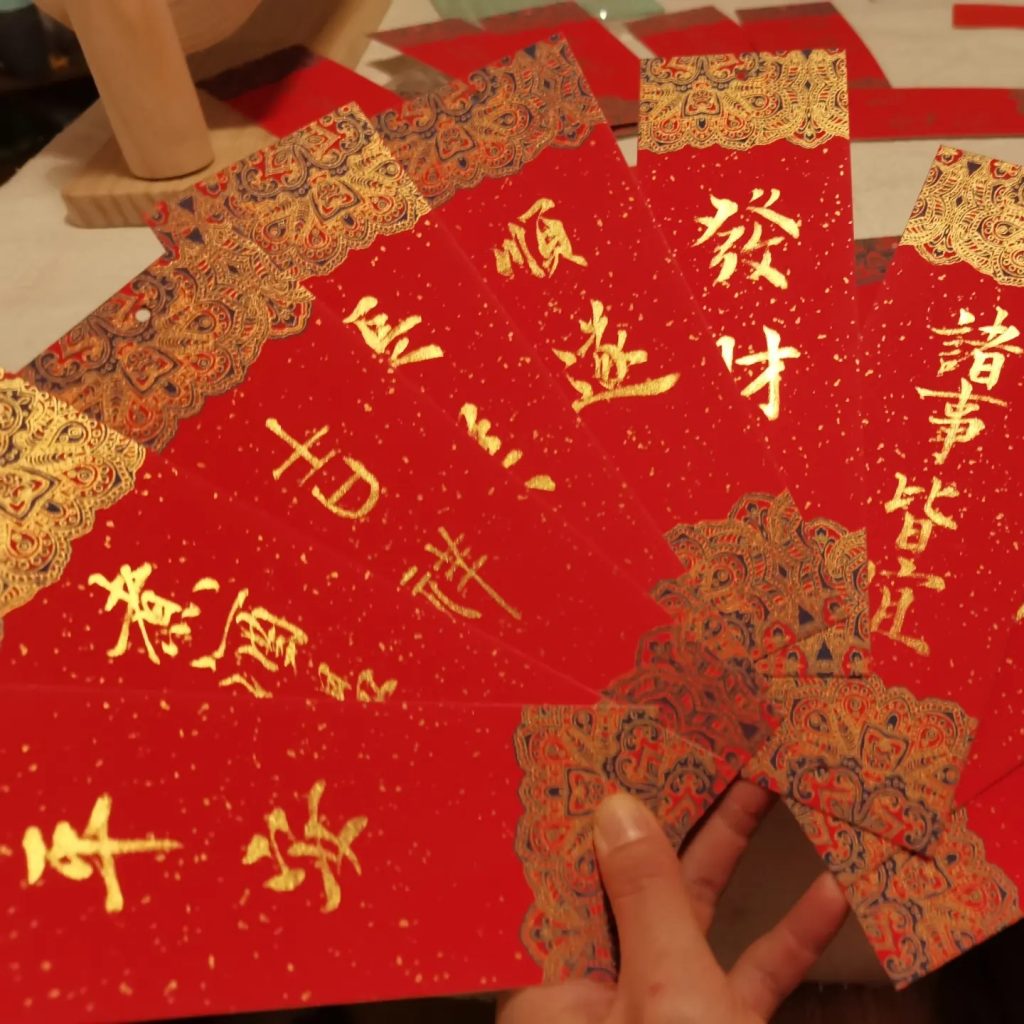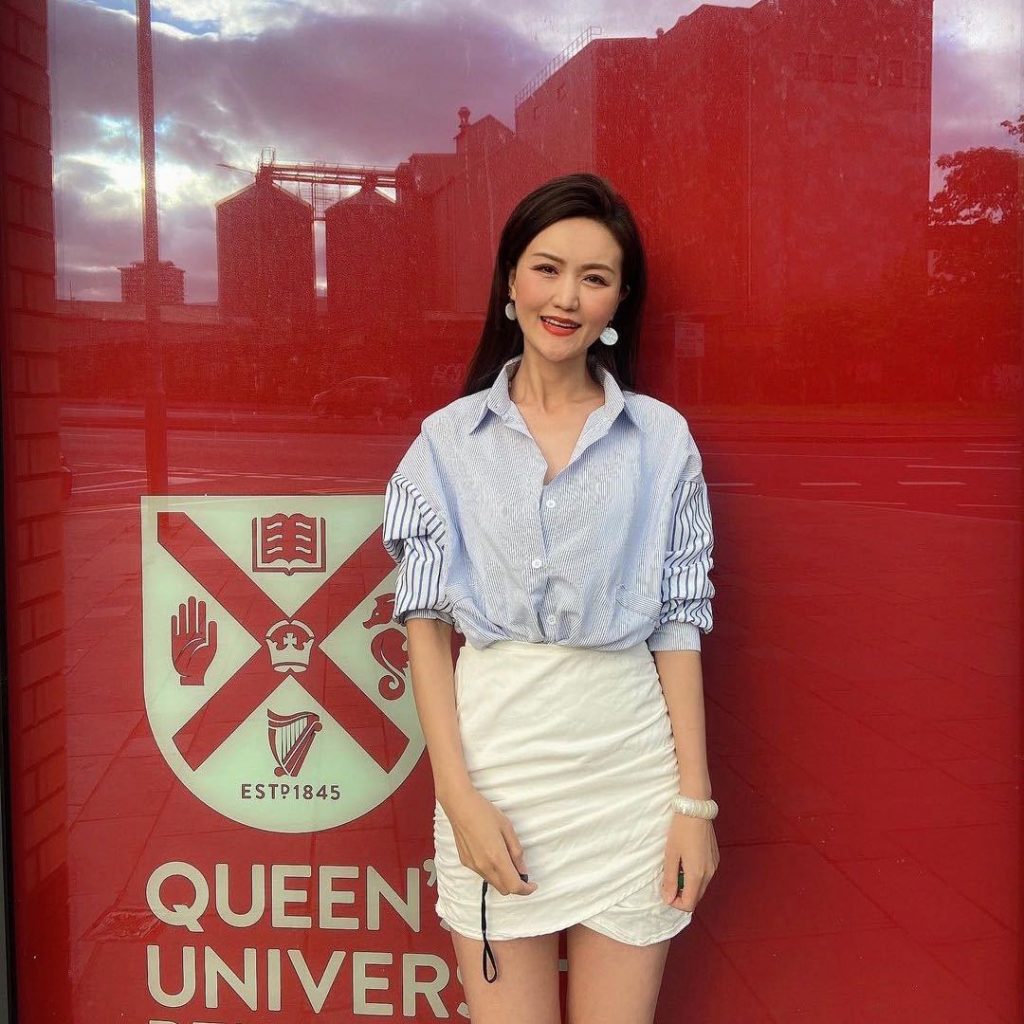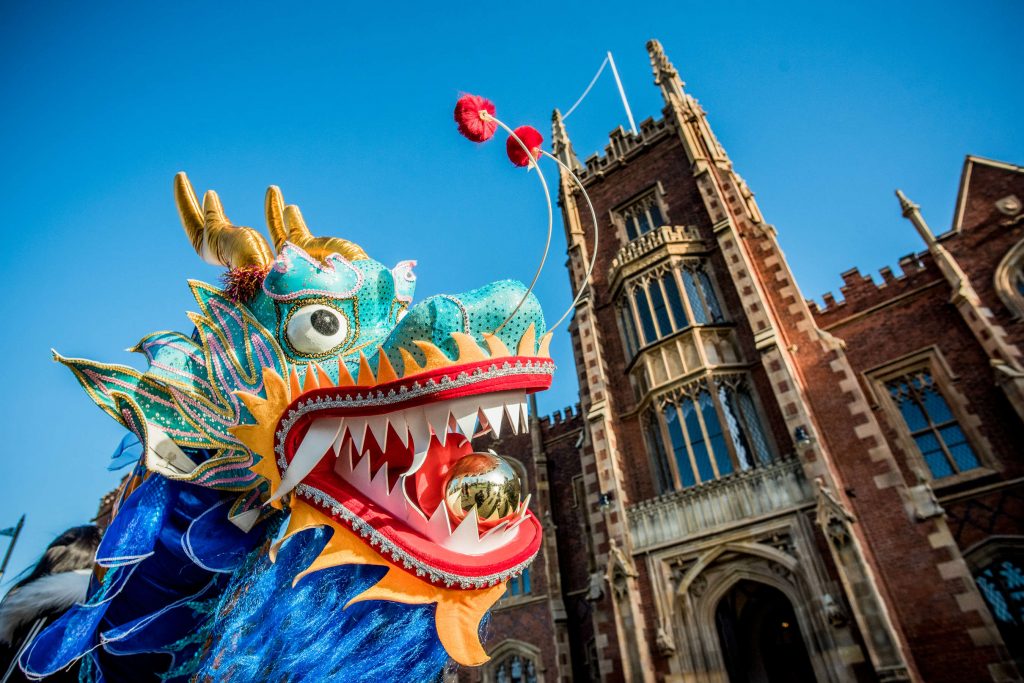On Sunday 8th September, students and staff from Queen’s University hosted a Chinese calligraphy session for the general public at the Ulster Museum, offering visitors the opportunity to explore the charm and tradition of Chinese calligraphy (书法 shūfǎ).
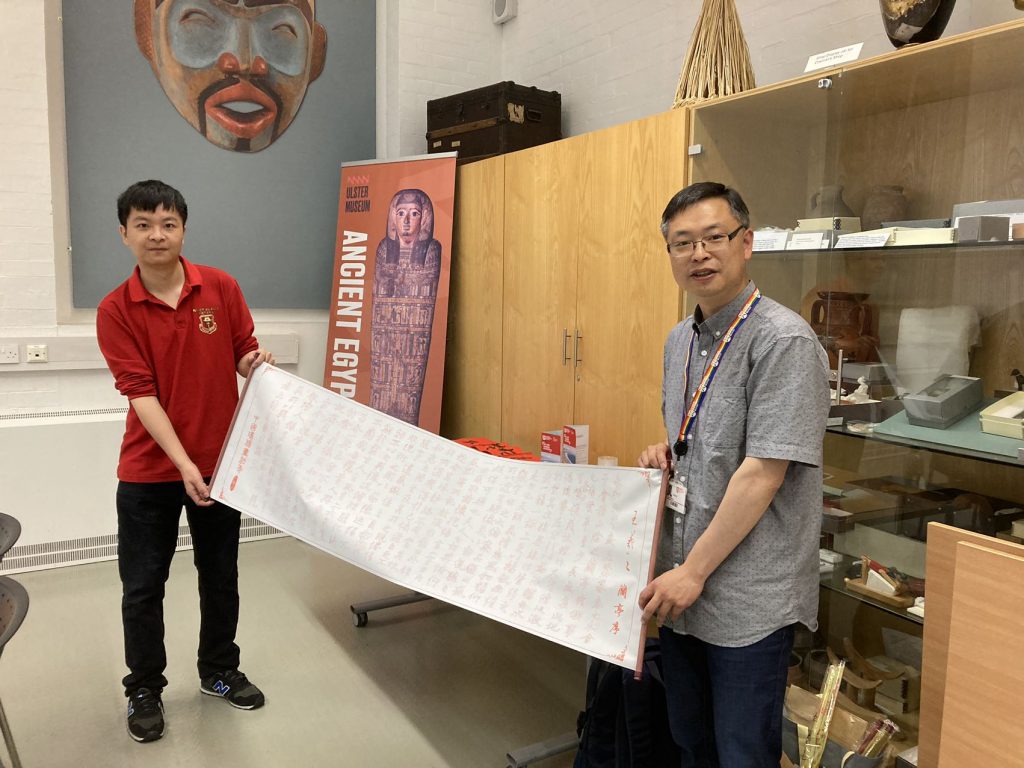
This event, led by Dr. Liang Wang of the Language Centre and the calligrapher, Xiaoxiang MA, PhD student from School of Arts, English and Languages, was part of the ‘Bout Ye?‘ programme developed by Ulster Museum.
Structured as an informal, drop-in session, museum visitors were welcome to join at any time. The session provided a dynamic, personalized introduction to the aesthetics and cultural practice of Chinese calligraphy, including briefing about the fascinating history of Chinese characters (汉字 hànzì), their meanings and their stroke order (笔顺 bǐshùn) before having a try themselves! Practising on water mats (水写布 shuǐxiěbù) with traditional Chinese brushes (毛笔 máobǐ) means that there were endless opportunities to practice without the fear of making a mistake.
Participants learned that there are certain principles to follow in order to write characters correctly and beautifully, beginning generally from top to bottom, from left to right and from outside to inside to close frames last – a task that proved easier said than done!
Our wonderful team of student assistants from Chinese Language Interest Group (C-LIG) at Queen’s were there to support the event. We also engaged with museum visitors, learning about their personal experiences with Chinese culture, both locally and globally.
Before their leaving with great fun, visitors, as well as museum staff who kindly helped with the session, were offered a chance to receive a Chinese name (中文名字 Zhōngwén míngzi) by student volunteer and calligraphy expert, Xiaoxiang, who also explained the meaning and pronunciation of each character and how that would match nicely with their original names – what a meaningful and memorable end to their visit!
The session received very positive feedback from the visitors, who enjoyed their participation and expressed their joy in the following words:

We would also like to extend our thanks to the Museum staff who kindly provided this opportunity for us to organise this calligraphy event. We wish to provide more sessions in the future, on campus or at Museum, or elsewhere to generate more interest from a wider community.
Author: Lauren McShane
Editor: Liang Wang

